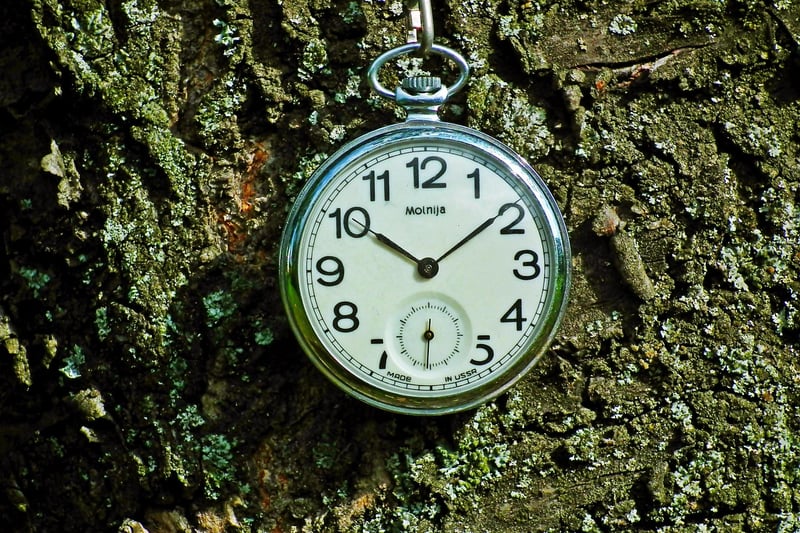Composition Tips
Capture Delicious Moments: Composition Tips for Food Photography
Food photography is an art that allows you to capture the beauty and deliciousness of your culinary creations. Whether you're a food blogger, a chef, or simply someone who loves to document their meals, mastering the art of food photography can take your images to the next level. Here are some composition tips to help you capture delicious moments that will make your audience's mouth water:
1. Lighting is Key
Good lighting is the foundation of great food photography. Natural light is often the best option as it brings out the true colors of the food and creates a warm, inviting atmosphere. Avoid harsh overhead lighting or direct sunlight, as they can create unflattering shadows. Position your subject near a window or use a diffuser to soften the light.
2. Rule of Thirds
Use the rule of thirds to create visually appealing compositions. Imagine dividing your frame into thirds both vertically and horizontally, resulting in a grid of nine equal sections. Place the most important elements of your photo along these lines or at the intersections to create a balanced and engaging image.
3. Focus on Details
Don't be afraid to get up close and personal with your food. Highlighting textures, colors, and intricate details can make your images more captivating. Capture steam rising from a hot dish, a sprinkle of herbs, or the glistening surface of a sauce to add visual interest.
4. Play with Depth of Field
Experiment with the depth of field to create depth and dimension in your photos. A shallow depth of field (low f-stop) can blur the background, drawing attention to the main subject, while a larger depth of field (high f-stop) can keep more of the scene in focus.
5. Tell a Story
Food photography is not just about capturing a pretty plate; it's about telling a story. Consider the mood you want to convey and the emotions you want to evoke. Include props, utensils, or ingredients that complement the dish and help set the scene.
6. Experiment and Have Fun
Don't be afraid to try new angles, compositions, and styles. Food photography is a creative process, so let your personality shine through in your images. Play with different props, backgrounds, and editing techniques to develop your unique style.
By incorporating these composition tips into your food photography, you can elevate your images and create mouthwatering moments that will leave your audience craving more.

Start capturing delicious moments today and watch your food photography skills grow!
For more food photography inspiration and tips, check out FoodPhotography.com.
